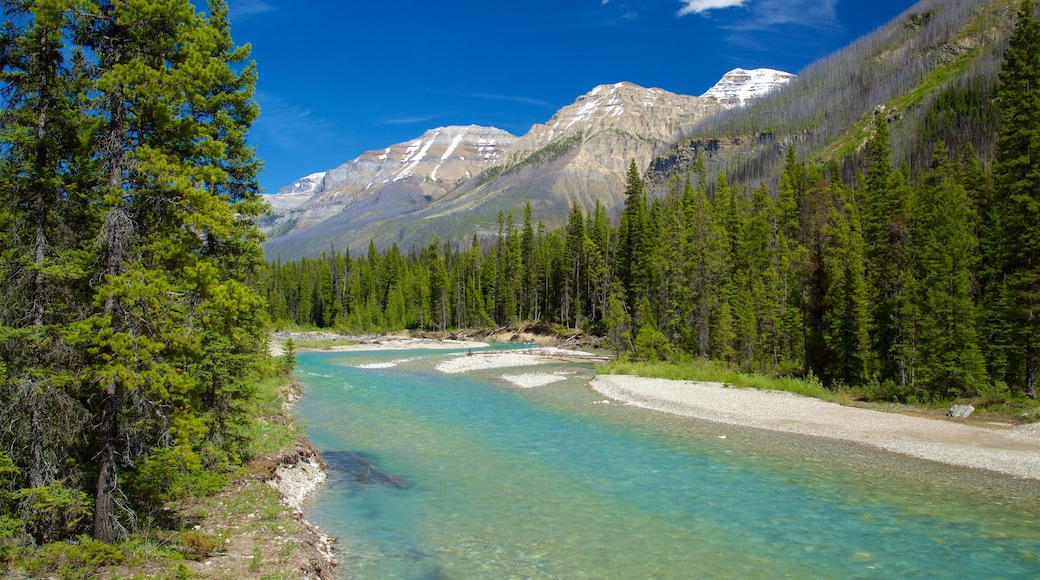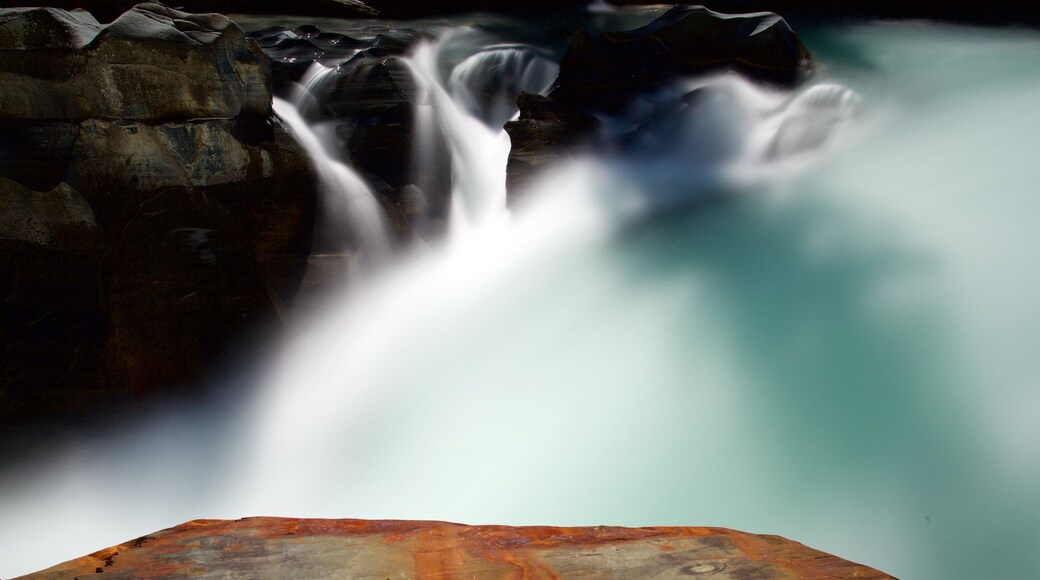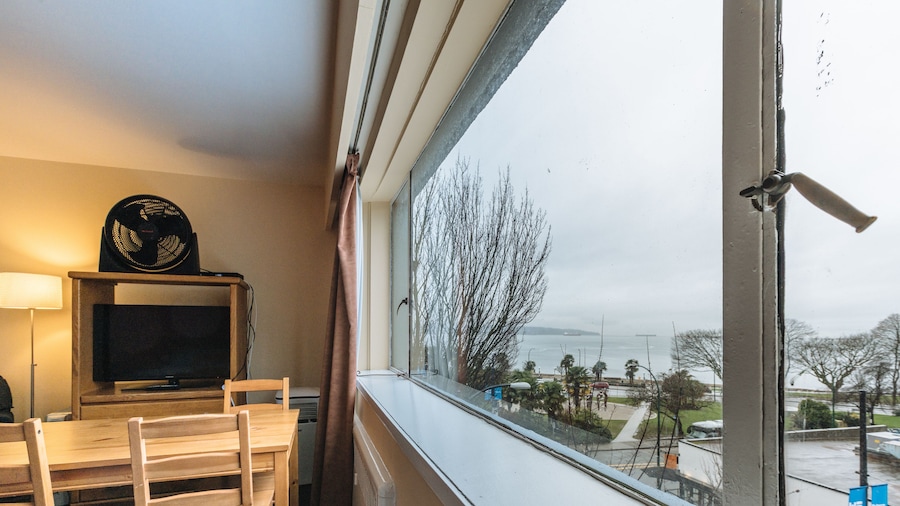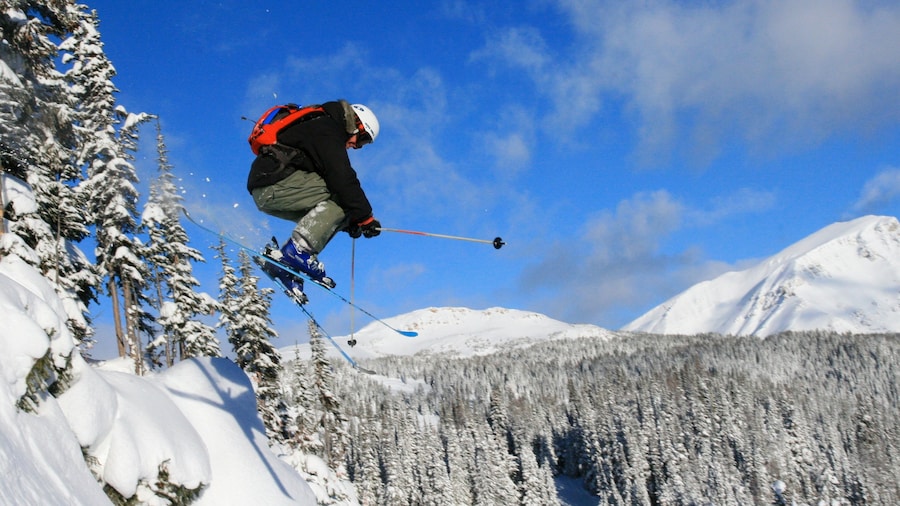Soak in a hot spring, hike through a majestic landscape, watch a waterfall tumble into a canyon and admire the native flora and fauna in the Canadian Rocky Mountains.
Kootenay National Park forms part of a large continuous national park area including three other parks in the Canadian Rockies.
The park takes its name from the Kootenay River that flows through its core, which in return was named after the native Ktunaxa people. Kootenay National Park was created in 1920 and was declared a UNESCO World Heritage Site in 1984 as part of the Canadian Rocky Mountain Parks.
Start your park experience with a visit to the fabled Marble Canyon. The gentle hike takes about 30 minutes and crosses several bridges, which all offer different viewpoints of the narrow canyon. You are rewarded with a waterfall at the end and stunning scenery along the way.
Head a bit farther along the road and you will find the unusual Paint Pots. These brightly colored ochre beds contrast against the vibrant colors of the surrounding landscape. Read the displays to learn about indigenous use of the area and its geological formation.
Take your time as you wander through the park for a chance to spot some of the fascinating wildlife that calls the park home. Black and grizzly bears, badgers, bighorn sheep, Canada lynx and a wide variety of birds are some of the animals that can be seen by the keen observer.
Get your neck muscles working with a hike at Sinclair Canyon and The Redwall Fault. Gaze down into the canyon and up at the cliffs of the fault as you make your way through these unusual and impressive geological formations.
After some strenuous activity, revitalize your aching bones during a visit to the Radium Hot Springs. Thought by many to have healing qualities, the warm waters of the springs will certainly provide a rejuvenating experience. It is a family-friendly facility with plenty of space to spread out and relax.
Kootenay National Park is open year-round. Note that mid May to early October is the time of year with most facilities and best access. The Kootenay National Park Visitor Centre is located in the township of Radium Springs on the western edge of the park’s boundary.


















